What is Equipment Procurement for Process Plants?
Various equipment is required for any chemical, petrochemical, oil & gas projects. So, this equipment must be procured. In any process industry, Equipment procurement is a long process. So proper equipment procurement planning is required. The process, in general, involves the following steps:
- The Demand for the Equipment Purchase is raised by the Technical Department (Mostly Process Department)
- MR i.e, Material Requisition Preparation by the Purchase Department with the help of the technical department (It includes all terms and conditions, design standards and specifications, delivery terms, Warranty, etc.)
- Thorough Supplier Research and Shortlisting by the Procurement Department.
- Value Analysis (Technical Bid Evaluation and Technical Query Resolution) by Process and Mechanical Department.
- Price Negotiation and Financing by the Purchase Department
- Selecting the Final Vendor by Purchase Department
- Proceeding for the Purchase
- Inspection and Testing of the Equipment
- Administration of Supply Contract terms
- Receiving the Equipment at the Construction Site
Regarding the equipment procurement process, one important thing to consider is that this activity is different based on the geographical location of the processing unit. Depending on whether this is being done in North America, the Middle East, Africa, the European Union, Asia-Pacific, or South Asia, the equipment procurement has its own individual characteristics. This article will provide below listed 8 important ideas related to the technical aspects of equipment procurement.
Approved Vendor List for Equipment Procurement
It is always preferable to make an “Approved Vendor List” by the Client or the EPC contractor. This list will reduce the time required for supplier research completely. While floating an inquiry, the procurement personnel is bound by this list without the need to look further beyond this list. Having an approved vendor list makes the procurement activity simpler.
Trimming/Shortlisting the Approved Vendor List
Now it could so happen that for a piece of particular equipment, there are many vendors in the approved vendor list. Normally, most of the client companies have a registration process for being an approved vendor for the company. And it is quite natural that all the manufacturers will try to include their names in the “Approved Vendor List” list which causes the list to be too big with numerous vendors.
Hence, Floating an inquiry for a piece of particular equipment to all the listed for that equipment is not a practical thing to do. In such a situation, An experienced purchase professional should trim the list of these vendors based on his knowledge of the vendor’s capabilities and restrict his inquiry to a top few vendors. It is preferable to restrict floating an inquiry to 4 to 5 vendors.
Fast-Tracking of Long-Lead Items
Long lead items can be referred to as equipment, products, or systems that have a delivery time long enough to directly influence the overall lead time of the project during the EPC phase.
An experienced equipment procurement engineer must identify all such equipment at the earliest stage of a project and ensure that the inquiries are fast-tracked. Generally, various organizations have their own terms to decide long-lead items depending on the type of plant being installed. As a rule of thumb, any item with a lead time of more than 8 calendar months can be considered a long lead in today’s perspective of fast-tracked plants.
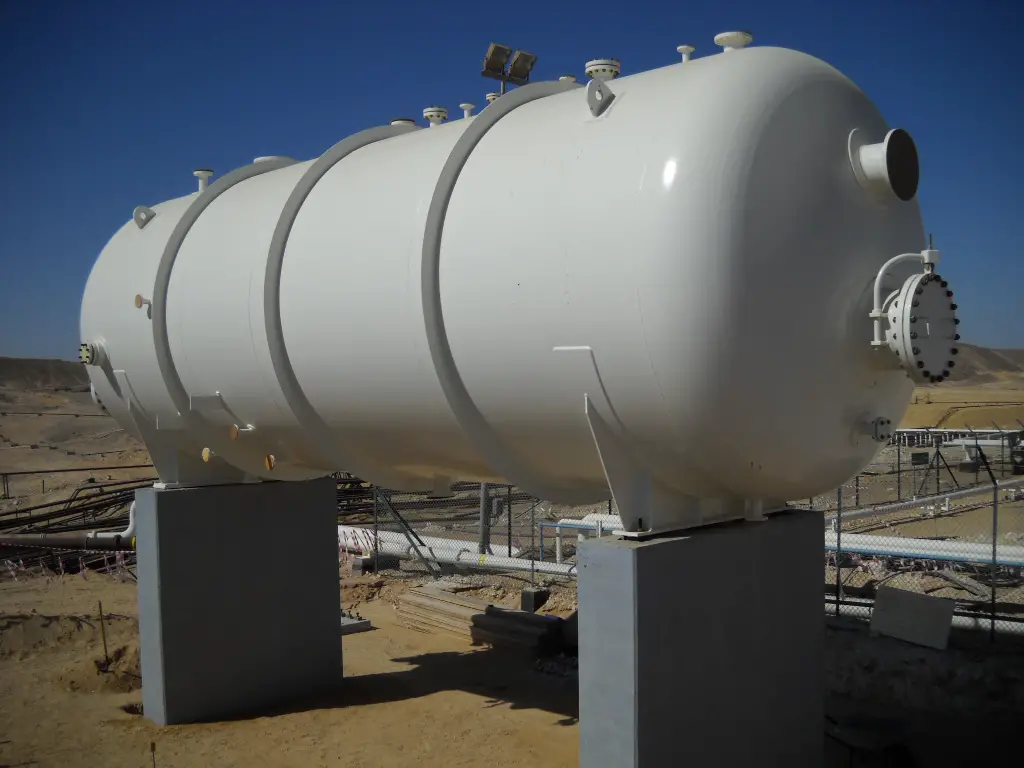
Raising Technical Query (TQ) and Resolution for the equipment
In terms of the submission of offers as per the inquiry, efficient procurement personnel should continuously keep track of the responses provided by each vendor. He or she must be familiar with the process of raising “Technical Queries”, popularly known as “TQ” on the offers provided by the vendors. Most companies have a standard TQ format for various types of standard equipment.
Most of the time, individual engineering disciplines raise the TQs in their own TQ formats. The procurement engineer must collate all this information in one document for the sake of clarity and final documentation.
Across the table, Clarification Meetings to Resolve issues
Equipment Information normally flows via e-mails with attachments and occasional telephonic conversation and video conferencing. However, it is always preferable to arrange face-to-face (across-the-table) communication (discussion) with vendors. The unanswered questions and issues are resolved best when you are sitting across the table and discussing them.
Some good procurement engineers prefer to follow this very principle. Obviously, an advance discussion agenda must be provided to the party with whom you want the discussion to happen to make the meeting more fruitful.
Technical Bid Evaluation (TBE)
Based on TQ resolution, when the offers from the vendors are streamlined to match the project requirements the “Technical Bid Analysis (/Evaluation)” abbreviated as “TBA (/or TBE)” is conducted by the engineering design disciplines with active support and follow-up from the procurement engineer.
Most of the reputed/established engineering companies have their standard TBA formats for standard process plant equipment. The purpose of the TBA is to compare the offers of the vendors in the race for bagging the equipment order strictly from a technical viewpoint. The standard TBA worksheet has the benchmarking parameters of the particular equipment in the first column of the worksheet and the subsequent columns are information provided by the vendors against those benchmarked parameters.
For example, if you have 4 vendors for the same equipment there will be 4 columns in the worksheet for filling in the data provided by the vendors against the selected pre-decided parameters. A summary section provided in the worksheet will rate each vendor’s overall technical capabilities and provide rankings and in some cases, even reject one or more of the vendors.
Commercial Negotiation of the Equipment Order
Commercial negotiations for the equipment order will be the next step of the procurement cycle. For example, if four vendors have submitted offers and the TBE concludes that all four are equal in their technical capabilities then by simple logic, the vendor offering the lowest cost of the equipment will be selected. Note that this may not always be true as a few other factors like market reputation, past association with the company, and other extraneous factors may take precedence in the selection of the vendor.
Purchase Order Specification
The last step from a technical viewpoint in the procurement cycle is to place the order of the equipment to the selected vendor in the form of a proper “Purchase Order” (PO) specification or requisition along with the commercial terms and conditions of purchase. The PO specification would generally include some technical data and information specific to the selected vendor’s evaluated and accepted offer.
However, The aforementioned steps do not end the procurement cycle or the responsibility of the procurement engineer. The logistics of equipment procurement now come into the forefront including items such as stage-wise inspection, factory acceptance test, test certification, packing, shipping, warehouse storage, insurance, and demurrage.

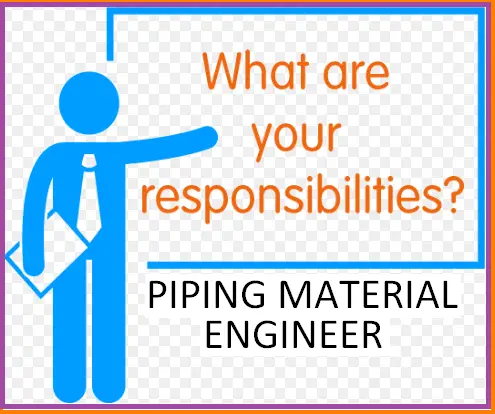



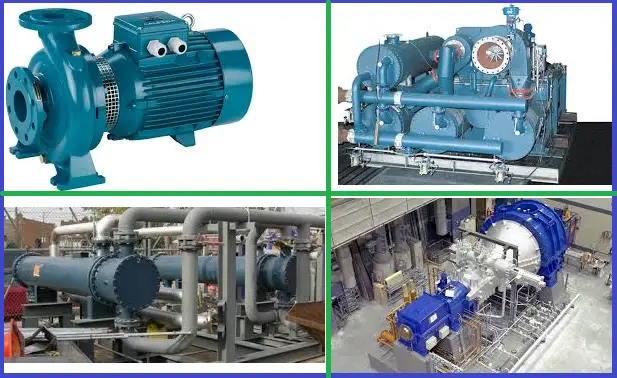
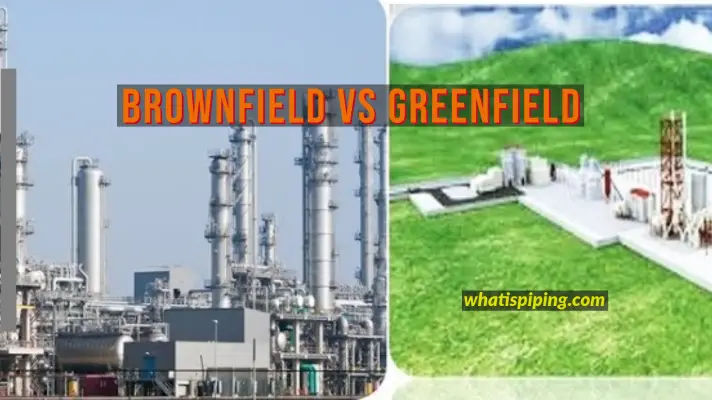
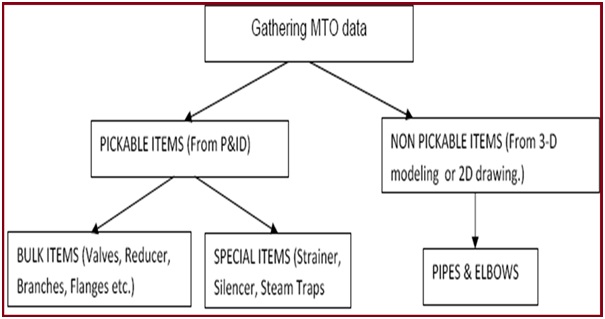

Nice write-up. Could you write in detail about packaged equipment MR like centrifugal compress or any modular package?.